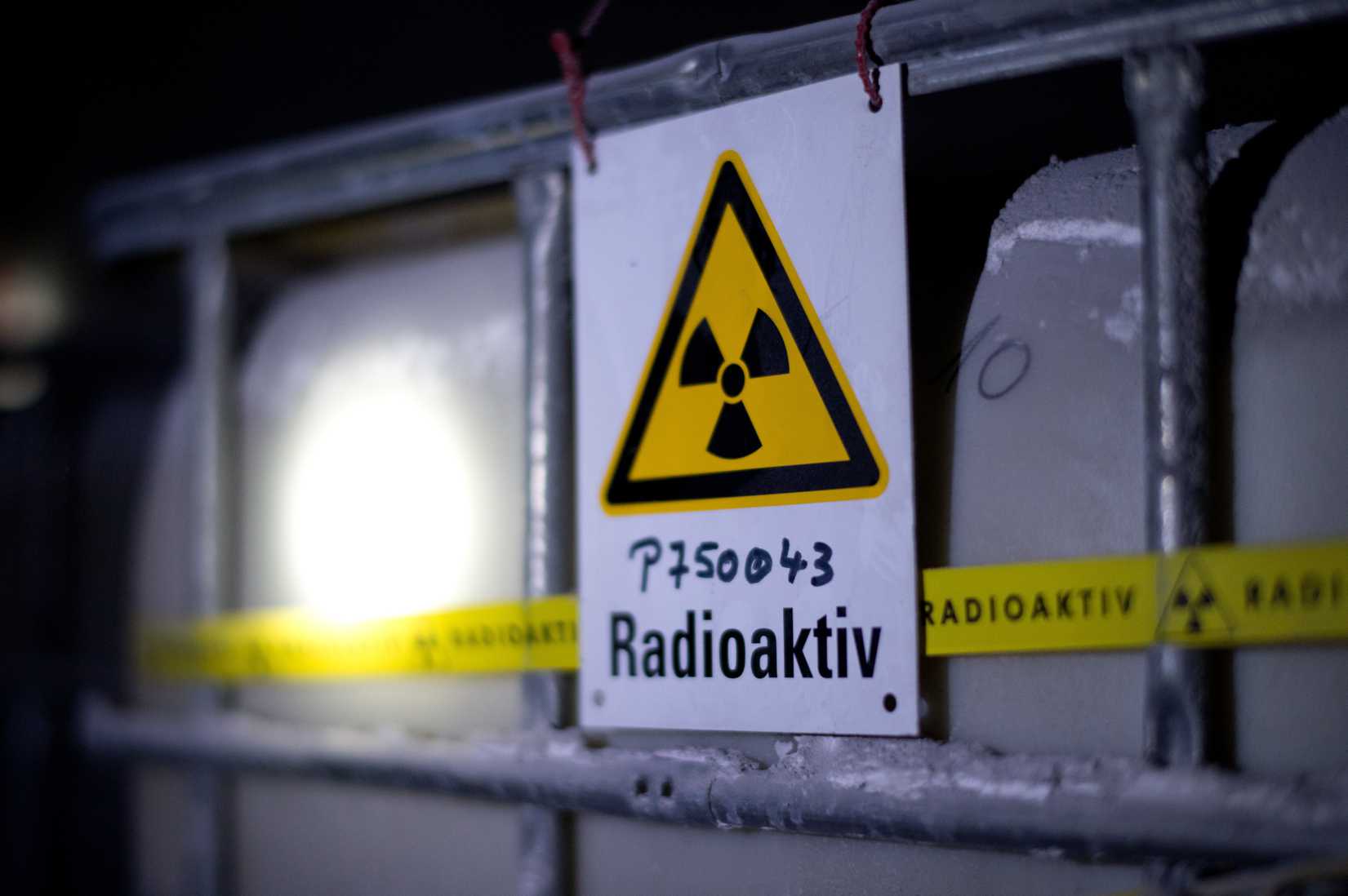
Research on a little-known element called californium may open up completely new opportunities to store radioactive waste and recycle radioactive fuel.
The team behind the study, published in the current edition of Nature Chemistry, found that californium had an extraordinary capability to bond with and separate other materials. It also has an extreme resistance to radiation damage.
“It sounds almost too good to be true,” says professor Thomas Albrecht-Schmitt, who led the Florida State University–based experiments, and refers to the element as “wicked stuff.”
This groundbreaking work does not only shed light on a fringe element of the periodic table, it may also help scientists develop new storage containers for radioactive waste and to separate radioactive fuel, which means it could be recycled.
“It’s not purely an academic practice,” said Albrecht-Schmitt. “This has real-world application.”
The snag? It requires a ton of cash. The 5 mg of californium used in Albrecht-Schmitt’s research cost a whopping $1.4 million to obtain, and required years of work with the U.S. Department of Energy.
[Phys.org]
More Must-Reads from TIME
- Cybersecurity Experts Are Sounding the Alarm on DOGE
- Meet the 2025 Women of the Year
- The Harsh Truth About Disability Inclusion
- Why Do More Young Adults Have Cancer?
- Colman Domingo Leads With Radical Love
- How to Get Better at Doing Things Alone
- Michelle Zauner Stares Down the Darkness
Contact us at letters@time.com